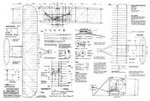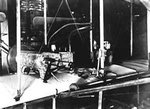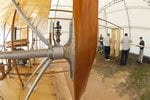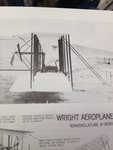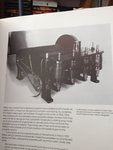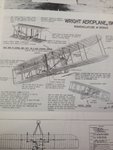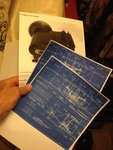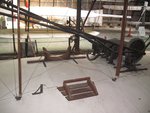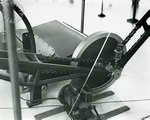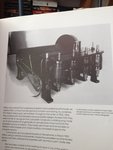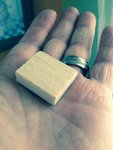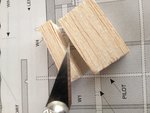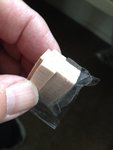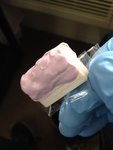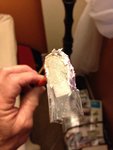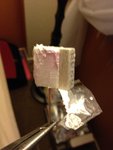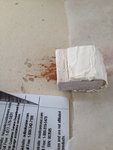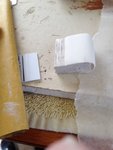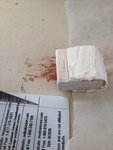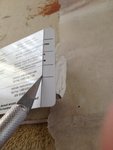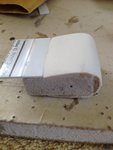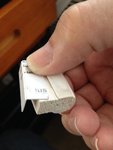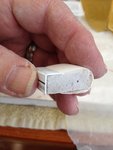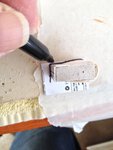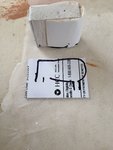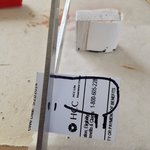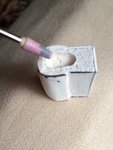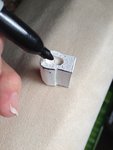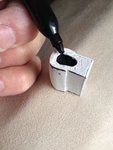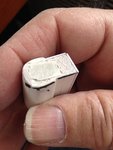Skyediamonds
Staff Sergeant
- 1,268
- May 26, 2018
Fellow members and guess: At the suggestion of Wurger, I'll be posting a series of builds of my Guillow's kit of the Wright Bros' Flyer from the initial frame up to the finishing touches. For those not familiar, Guillow's kits are wooden kits designed expressly for rubber powered flight or small electric motor conversions. The method of construction basically follows a well-known "stick-n-tissue route in which the skeletal frames are covered with tissue and painted in the colors of choice along with the appropriate decals. In this case, the Wright Bros' model will be taken to another level of construction of super detailing such that it will be easily seen that this can be applied to almost all kits of this genre.
I thought it best to start off this build thread by showing the completed model and then we'll start at the very beginning of the initial frame up and go from there. All things were made from scratch, including the engine, the chain drive system and all of the special linkages.
I hope everyone will sit back and enjoy the "show" and all comments are welcome. Although this is a WWI airplane, Wurger suggested that it would be of value for all of us at this WW2aircraft site.


Thank you,
Skye
I thought it best to start off this build thread by showing the completed model and then we'll start at the very beginning of the initial frame up and go from there. All things were made from scratch, including the engine, the chain drive system and all of the special linkages.
I hope everyone will sit back and enjoy the "show" and all comments are welcome. Although this is a WWI airplane, Wurger suggested that it would be of value for all of us at this WW2aircraft site.
Thank you,
Skye
Last edited by a moderator:


